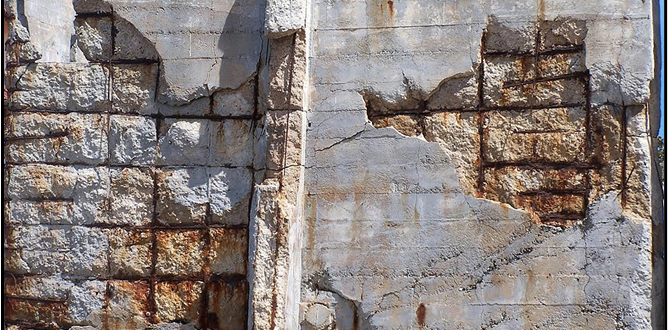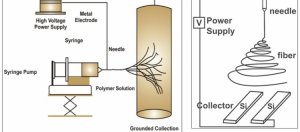Structures in Civil Engineering: We are already aware that the change in a tropical climate may discomfort the health and lifestyle of human beings on earth. Similarly, it may too affect the structures (built by them) under which they live and spend the majority of their time in a complete lifespan. This grabs the attention of structural engineers/designers toward the design of safe and durable structures.
Durability can be defined as the ability of structures to withstand the attack of external hazardous agents and weathering action, such as intermittent rainfall and change in ambient conditions. The structures designed by designers and practitioners should be durable enough to withstand such actions during their intended service life. The majority of structural engineers assume higher strength as the primary aspect of durability, and very few consider the impact of variable ambient conditions on the performance of structures.
The ambient fluids and the aggressive species present in the environment play an important role in the degradation of newly constructed and existing structures. Of special relevance to this end is the transport of moisture through the material owing to its pivotal role in instigating and propagating the degradation mechanisms. Therefore, the understanding of the state of moisture distribution in a porous structural element may provide a deep understanding regarding the utilization of construction materials under different weathering conditions in a more effective manner.
There are different methods available in the literature including both destructive and non-destructive testing techniques on commonly used porous building materials through which the study of durability parameters can be made and an understanding of the design of safe and durable structures can be achieved.
Several non-destructive measurement techniques, such as NMR, gamma-ray attenuation, neutron radiography, etc. have been demonstrated in previous studies to work well in capturing the state of moisture distribution in porous building materials.
However, the expensive cost of such experiments kept them far from being used in normal laboratories. The alternative and the more commonly adopted approach involves the data obtained through mass loss or gain measurements made on a set of specimens with identical cross-sections but varying thicknesses.
It is evident from the outcomes of existing studies on the degradation of structural envelopes before the completion of their intended service life that there is a significant scope for research and a tremendous amount of job opportunities available for upcoming practitioners and engineers in the domain of durability performance and modification of construction materials for future construction activities.
Written by
Dr. Mohammad Kamran
Assistant Professor
Department of Civil Engineering,
Faculty of Engineering and Technology
SGT University Gurugram




